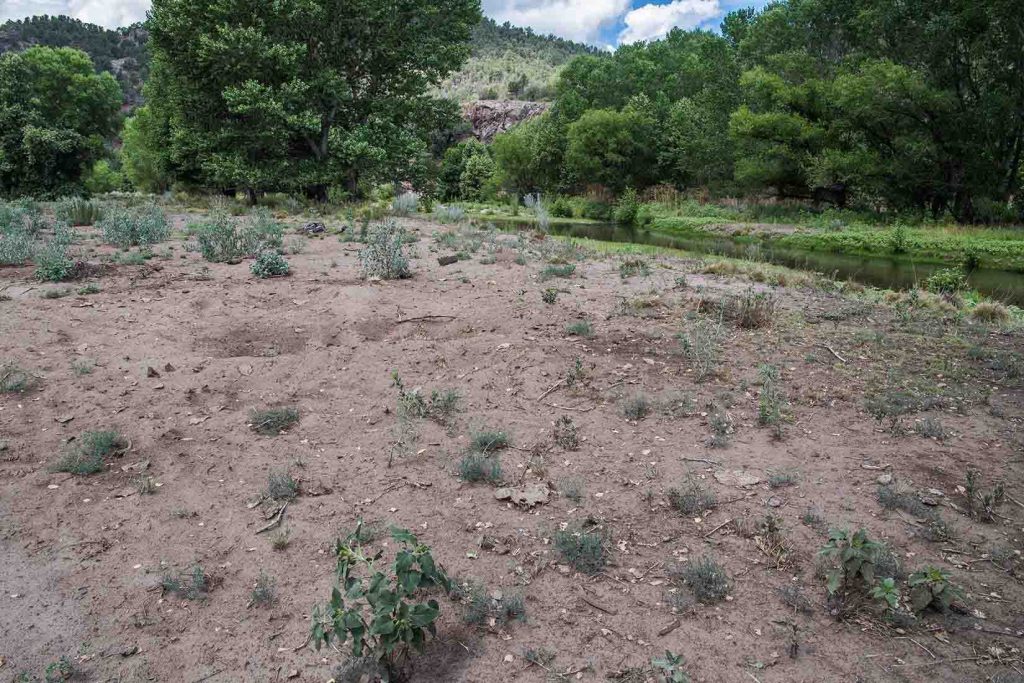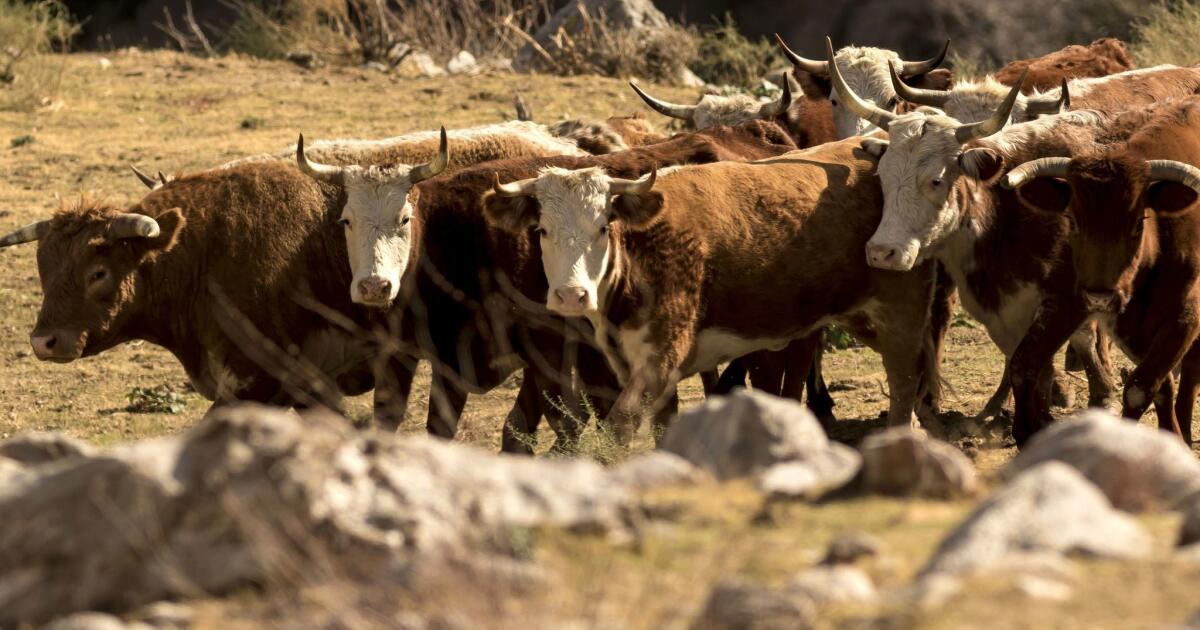Straight Arrow
Well-known member
I would argue that those "legitimate" concerns are not borne out by factual data, historical context, or reality. Example: The search for widespread or even anecdotal instance of wild bison transmitting brucellosis to domestic cattle is ongoing but futile so far. (If I'm misinformed, please correct me.)There's a lot of legitimate concern about what happens when there are wild bison. Brucellosis is the biggest one that I've heard along with a sincere concern about interbreeding between bison and cows, destroying a lineage that a producer has spent a lot of time, money and energy developing. Destruction of crops ranks right up there as well as human safety.
Interbreeding? Please show the evidence of that propensity.
Destruction of crops is not a likely scenario as evidenced by the large herds of bison on the landscape in crop producing areas. 'Guess it's in the definition of "wild" but even then it's difficult to find "wild" habitat without fences limiting movement.
Human safety is the one legitimate issue, but then applies to many wildlife species, most of which we want to remain wild. Some would say wildlife human safety conflict is an important element of "Darwinism".
Elk brucellosis transmission ... well that's another issue for a separate thread.








